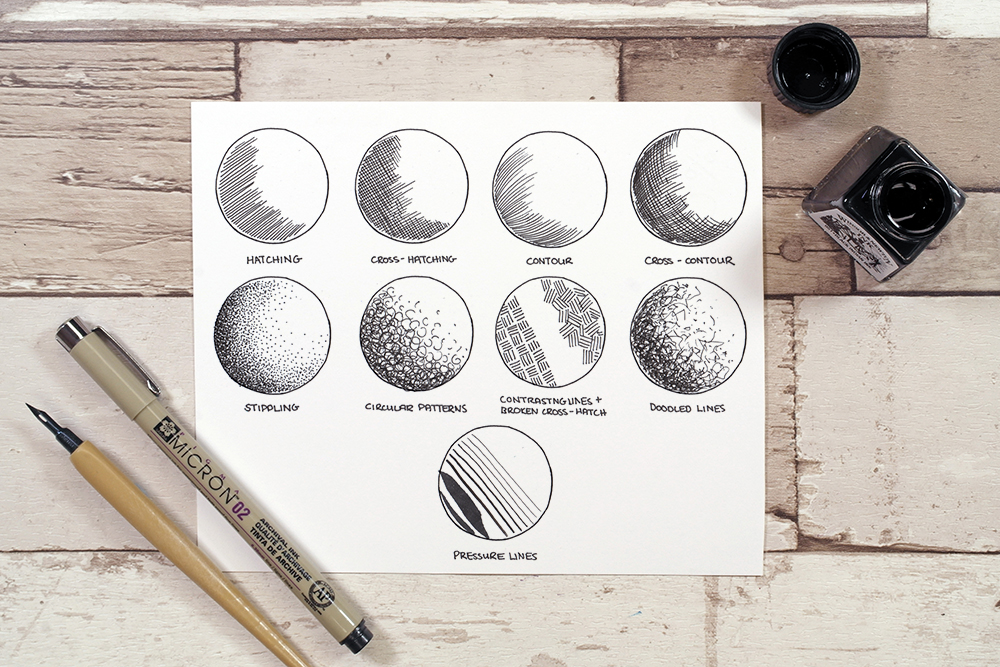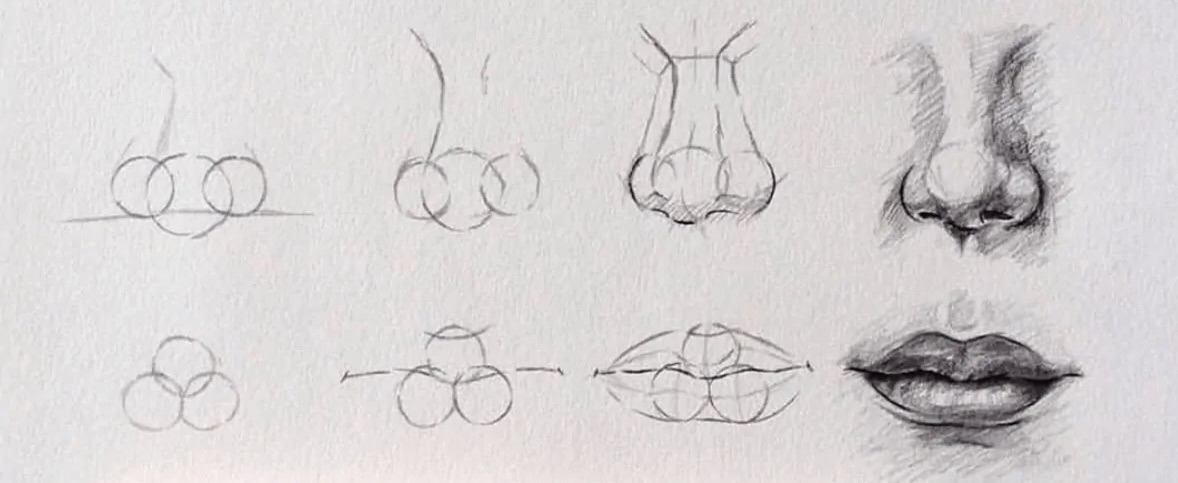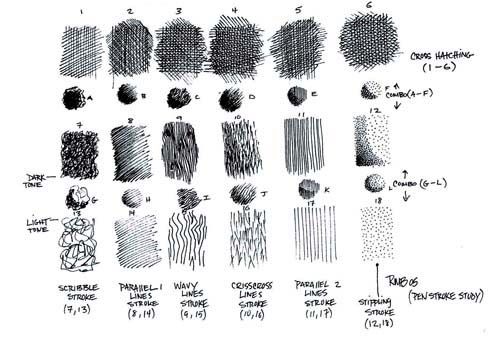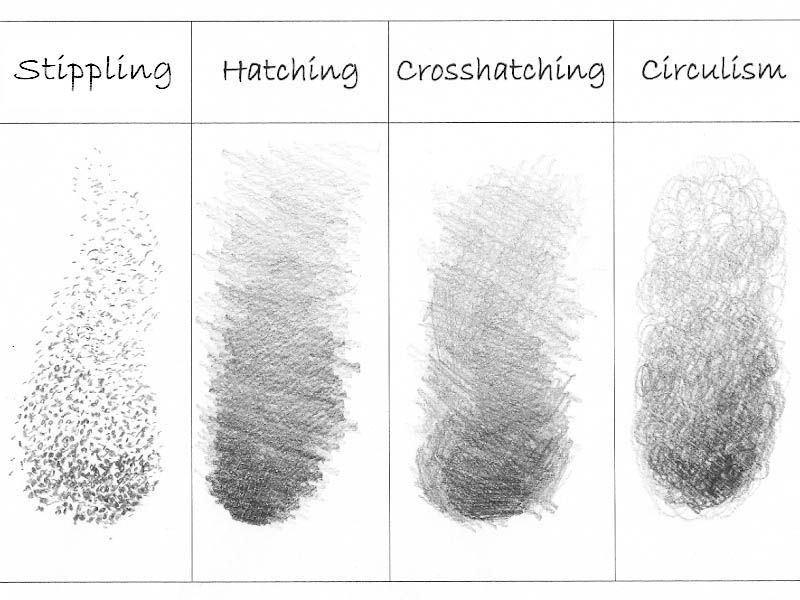
Welcome to 'Unlock the Artist in You: Mastering Gesture Sketching,' a comprehensive guide to unleashing your artistic potential.
In this article, we will explore the transformative power of gesture sketching, a technique that captures the essence and movement of a subject in a few swift strokes.
With quick warm-ups, visualization techniques, and a focus on balancing attention to detail, you will learn how to confidently and efficiently bring your sketches to life.
Prepare to embark on a journey of creative freedom and mastery.
Quick Warm-Ups
One effective way to start your artistic practice is by incorporating a few quick warm-up exercises before diving into more complex sketches. These warm-up exercises serve as a bridge between your mind and your hand, helping to loosen up your muscles and prepare you for the creative process ahead.
One aspect of warm-up exercises is exploring different mediums. By experimenting with various tools such as pencils, charcoal, or even digital tools, you can familiarize yourself with their unique qualities and discover which ones resonate with you the most.
Additionally, incorporating emotions into your sketches during warm-up exercises can help you tap into your creativity on a deeper level. Whether it's expressing joy, sadness, or any other emotion, infusing your sketches with your feelings can add a personal touch to your artwork and make it more meaningful.

Visualizing Lines of Action
When sketching gestures, it is essential to visualize the lines of action in order to capture the dynamic movement and flow of the subject. Visualizing the lines of action helps you understand the underlying structure and energy of the pose. It allows you to translate that energy onto your paper, creating a more lively and expressive sketch.
Improving your hand-eye coordination is crucial in visualizing these lines of action accurately. By practicing gesture sketching regularly, you train your hand to quickly capture the essence of a pose. This improves your ability to observe and translate movement onto the page.
Furthermore, visualizing lines of action helps you understand anatomy better. By analyzing the direction and flow of the lines, you can identify the major muscle groups and their interactions. This knowledge enhances your ability to depict realistic and convincing figures.
Sketching Primary Shapes
Sketching primary shapes is an effective technique for establishing the basic forms and proportions of the subject in gesture sketching. By breaking down the subject into simple geometric shapes, artists can quickly capture the essence of the form and the motion it embodies. This method allows for a sense of freedom and spontaneity in the initial stages of the sketching process.
When sketching primary shapes, artists can:
Build form: Starting with basic shapes like circles, squares, and triangles helps to establish the overall structure of the subject. These shapes act as a foundation upon which the artist can add more details later.
Capture motion: By focusing on the basic shapes and their arrangement, artists can convey the dynamic movement and energy of the subject. This approach enables the artist to capture the essence of the subject's motion and create a sense of liveliness in the sketch.

Simplify complex subjects: Breaking down complex subjects into primary shapes makes them more approachable and easier to understand. It allows artists to tackle challenging subjects with confidence and accuracy.
Using primary shapes as a starting point, artists can lay the groundwork for a successful and expressive gesture sketch.
Capturing the Pose Quickly
To efficiently capture the pose quickly, artists can employ a combination of observation skills and efficient mark-making techniques.
When sketching, it is crucial to focus on the overall gesture and essence of the pose, rather than getting caught up in details.
By using efficient sketching techniques, such as using loose and gestural strokes, artists can quickly capture the energy and movement of the pose. This allows for a more dynamic and expressive representation of the subject.
It is important to remember that capturing the essence of the pose is key, as it conveys the overall mood and emotion of the subject.
Balancing Attention to Detail
Artists must strive to maintain a delicate balance between capturing the essence and energy of a pose and incorporating necessary details. Simplifying complex forms allows artists to focus on the core elements of the pose, enabling them to convey the subject's unique character and story.

By emphasizing movement and flow, artists can evoke a sense of dynamism and vitality in their sketches, drawing the viewer into the moment and creating a connection with the artwork. This approach not only captures the physical aspects of the pose but also embodies the emotions and spirit behind it.
Frequently Asked Questions
How Long Does It Usually Take to Master Gesture Sketching?
Mastering gesture sketching requires dedication and practice. The average time it takes to reach proficiency varies, as it depends on the individual's learning curve, level of commitment, and frequency of practice.
When it comes to gesture sketching, there are several art supplies and tools that are recommended. These include pens, markers, charcoal, and sketchbooks. These tools allow artists to capture quick, fluid movements and express their creativity with freedom.
Gesture sketching can indeed be used for other art forms besides figure drawing. Artists can incorporate gesture sketching in landscape painting to capture the dynamic movement of nature, or use it in abstract art to convey a sense of energy and spontaneity.
Are There Any Common Mistakes That Beginners Make When Attempting Gesture Sketching?
Common mistakes beginners make during gesture sketching include focusing too much on details, not capturing the overall gesture, and being too rigid in their lines. To improve accuracy and fluidity, it's important to practice observing and capturing the essence of the subject with quick, confident strokes.
Is It Necessary to Have a Model or Can Gesture Sketching Be Practiced From Photographs or Imagination?
Gesture sketching can be practiced using live models, photographs, or imagination. While live models provide an opportunity to capture the nuances of movement, photographs offer convenience. Imagination allows for creative exploration and the freedom to experiment with different poses and expressions.
 Writing TipsCreative WritingJournalingSketching TechniquesBuying GuidesPrivacy PolicyTerms And Conditions
Writing TipsCreative WritingJournalingSketching TechniquesBuying GuidesPrivacy PolicyTerms And Conditions
